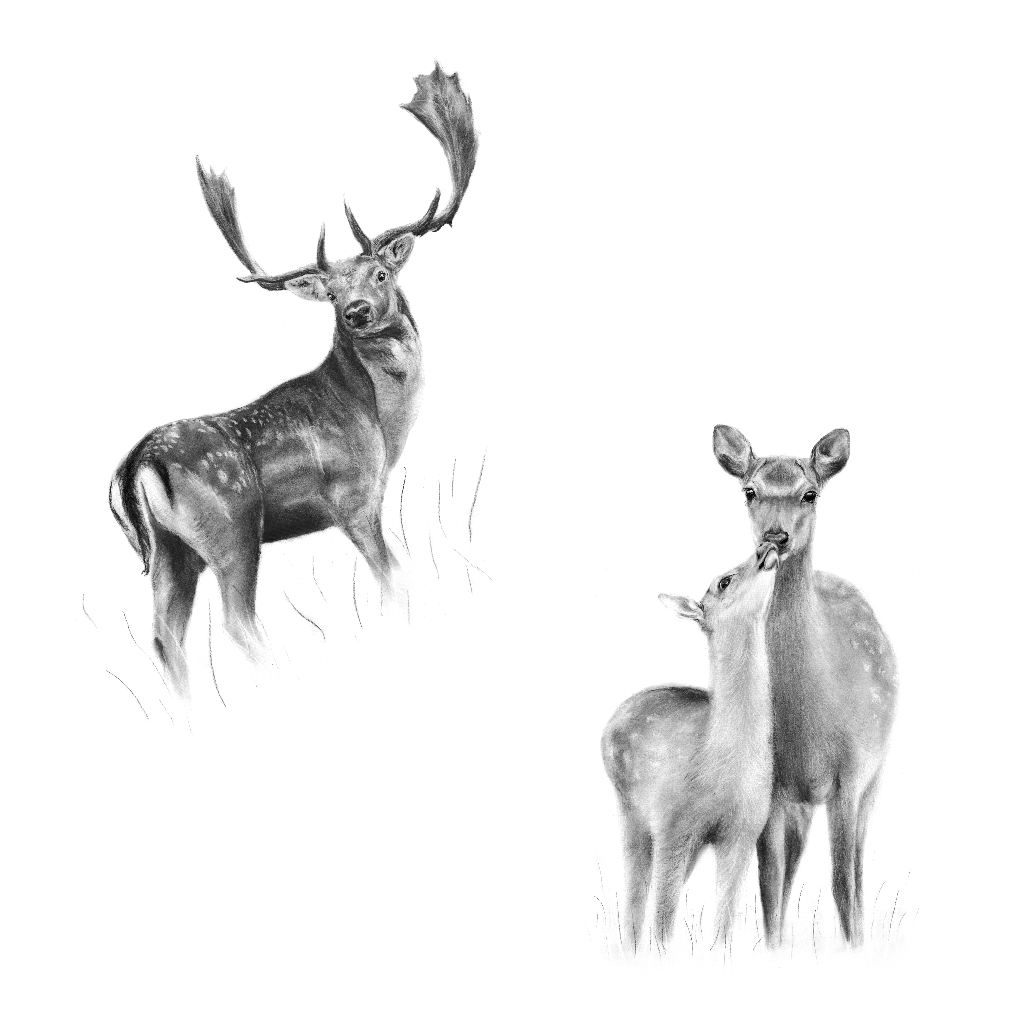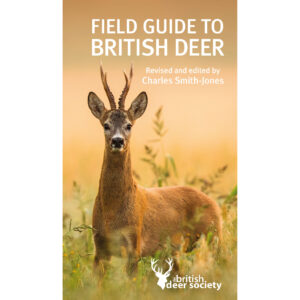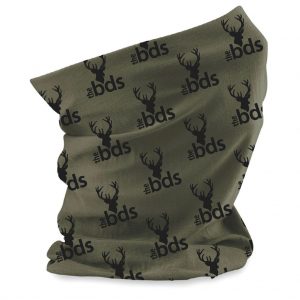Ask BDS: Are White Deer Rare?
Share article:
Article by:
Charles Smith-Jones, Technical Adviser, British Deer Society
Ask BDS: Are White Deer Rare?
The British Deer Society often receives questions about the rarity of white deer in the UK. In most cases, the white deer you come across are usually fallow, a type of deer found widely across the UK. White fallow deer aren’t as common as the more typical common, menil, and black colour varieties, but they do stand out more noticeably in a herd or when in cover.
Fallow Deer: A Mix of Colours:
Fallow deer, which are widely distributed within the UK, are unusual among deer as they have a variety of coat colours. While you’ll often spot common, menil, and black varieties, the white type is less frequent. Yet, when you do see a white fallow deer, it’s hard to miss against its surroundings.
The different colours in fallow deer can be traced back to selective breeding practices in deer parks. These parks were where they were initially kept before becoming wild in the UK. This explains why we see such a range of colours in fallow deer today.
White Deer in Other Species:
White coloration isn’t entirely exclusive to fallow deer. Occasionally, you might spot white deer of other species including red, roe, sika and muntjac although this is very unusual. Some park herds might even encourage this genetic trend. In the Purbeck area of Dorset, white sika deer sightings have become more common, while white roe deer pop up occasionally and white muntjac have been recently spotted in Hampshire.
It’s important to note that not all these white deer are completely white. Some may have coats that are just paler than usual, or they might have white patches on a normally coloured coat. True albino deer, which have pink or blue eyes and a complete lack of body pigment, are extremely rare but have been recorded.
Understanding White Colouration:
White deer can be broadly categorised into two types: “albino” and “leucistic.” It’s crucial to distinguish between the two to better understand the unique characteristics of these enchanting creatures. Both are caused by reduced levels of melanin, the substance which determines pigmentation of the skin, hair and eyes.
Albino Deer:
True albino deer have pink eyes and a complete absence of body pigment. While albino individuals are exceptionally rare, their distinctive appearance makes them stand out when spotted in the wild.
Leucistic Deer:
On the other hand, leucistic deer exhibit a partial loss of pigmentation, resulting in a paler appearance than the typical colouration for their species. Unlike albinos, leucistic deer may have normal eye pigmentation, and their hooves and noses might be somewhat paler than those of deer with typical coloration.
So, if you’ve ever wondered about white deer in the UK, the British Deer Society is here to answer your questions. The diversity in fallow deer colours and occasional sightings of white individuals in other species add a unique touch to the wildlife in the UK. Whether you’re a nature enthusiast or just curious about these rare creatures, the white deer continue to inspire awe and appreciation for the wonders of nature. I
If you have more questions, feel free to reach out to the British Deer Society via email at Info@bds.org.uk
PLEASE HELP US TO KEEP EDUCATING & INSPIRING EVERYONE ABOUT DEER FOR FREE
If you have found our free resources about deer in the UK useful then we’d really appreciate your support in helping us keep them free for all! How can you support our work?











